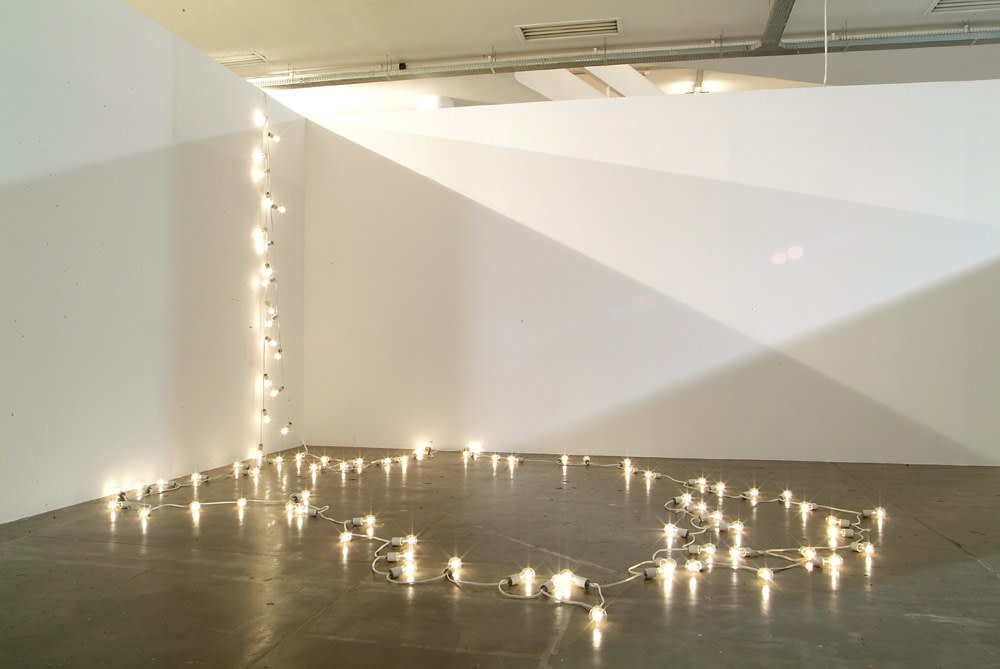“Visually Sacred: Conversations on the Power of Images”

Podcast Series Season I: Foundations in Seeing and Believing
Hosted by Arthur Aghajanian
FSA is delighted to partner with Christian contemplative and essayist Arthur Aghajanian in featuring the first season of ongoing podcast series “Visually Sacred.” Originally produced by Radix Magazine, FSA is delighted to host this unique series of important voices that have been intellectually contributing to the conversation of religion and art over the last several decades.
In this streaming podcast series, Arthur Aghajanian explores how images influence our understanding of reality and the sacred through conversations with thought leaders on art, visual culture, and religion. Each episode delves into a different area of visual theology, opening to spiritual wisdom while deconstructing an image-saturated world.
Don’t miss the inspiring conversations featured in the grid below from each of the following scholars: W. David O. Taylor; Wilson Yates; Matthew J. Milliner; Natalie Carnes; Peter Bouteneff; Father Garabed Kochakian; Jennifer Allen Craft; Kutter Callaway; Robert K. Johnston; David Morgan; with more to come.
Image: Félix González-Torres, Untitled (Couple), 1993.
About Arthur Aghajanian:
Arthur Aghajanian is a Christian contemplative, essayist, and educator. His work explores visual culture through a spiritual lens.
Season I

W. David O. Taylor, writer and Associate Professor of Theology and Culture at Fuller Theological Seminary, on the role of artists in bringing about new creation and exploring how art can be a transformative force in shaping culture and reflecting the beauty and truth of God's kingdom. Taylor highlights the artist's responsibility to engage with the world and contribute to the ongoing process of redemption through their creative expressions.

Wilson Yates, Distinguished Professor Emeritus of Religion, Society and the Arts at United Theological Seminary of the Twin Cities, on the history and lasting impact of visual theology, and the role of visual imagery in communicating complex theological concepts and fostering spiritual understanding. Yates describes how visual representations throughout history have influenced religious practices and deepened people's engagement with faith.

Matthew J. Milliner, writer and Associate Professor of Art History at Wheaton College, on the significance of images portraying Mary, the mother of Jesus, in art and religious devotion. Exploring various artistic representations of Mary, Milliner shares the profound impact these images have had on shaping Christian theology, spirituality, and cultural identity.

Natalie Carnes, Theologian and Associate Professor of Theology at Baylor University, discusses the concept of iconoclasm, and the tension between the destruction and creation of images in religious and aesthetic contexts. Carnes demonstrates the complex relationship between beauty, aesthetics, and the role of images in religious traditions, offering insights into the transformative power as well as the controversies surrounding art and Christianity.

Peter Bouteneff, Professor of Systematic Theology at St. Vladimir’s Orthodox Theological Seminary and founding director of the Institute of Sacred Arts, on the unique perspectives and practices of Orthodox Christianity in relation to sacred art. Bouteneff discusses the ways Orthodox theology and spirituality have influenced the creation and understanding of sacred art, highlighting the role of visual representation in our understanding of the divine and in the expression of the Church's faith.

Father Garabed Kochakian, Armenian priest, artist, and writer, on the significance of visual theology in the Armenian Church, and how images convey theological concepts in the Eastern Orthodox tradition and connect worshippers to the divine. Father Garabed shares his thorough knowledge of the rich symbolism present in Armenian liturgical art and its role in deepening spiritual experiences.

Jennifer Allen Craft, Associate Professor of Theology and Humanities at Point University on the concept of sacred placemaking, and how architecture and design can shape and enhance our experiences of sacred spaces. Craft describes how the intentional creation of environments fosters a sense of holiness, inviting individuals to encounter the divine in tangible and transformative ways.

Kutter Callaway, William K. Brehm Chair of Worship, Theology, and the Arts, Associate Dean of the Center for Advanced Theological Studies, and associate professor of theology and culture at Fuller Theological Seminary on the subject of atheism and theology, and how atheists' perspectives can contribute to theological discourse and shape our understanding of faith. Callaway challenges listeners to consider the constructive and enriching conversations that can emerge when engaging with atheistic critiques.

Robert K. Johnston, Senior Professor of Theology and Culture at Fuller Theological Seminary on the intersection of theology and cinema, and the power of film as a medium for exploring theological themes and sparking conversations about faith. Johnston explains how filmmakers can craft narratives that invite audiences to grapple with spiritual questions and ultimately deepen their understanding of their own faith.

David Morgan, Professor of Religious Studies and Director of Graduate Studies, whose research focuses on religious visual culture across various traditions and visuality in relation to religious beliefs. David discusses the influence of visual culture on our beliefs and worldview, delves into the nature of secular and religious visual culture, and explores the concepts of the sacred, enchantment, and revelation as they manifest in different forms of visual expression.

Robin Jensen, Professor of Theology at Notre Dame, researches the connection between early Christian art and literature, particularly the theological expression found in visual images and architectural spaces. Jensen discusses the essential characteristics of Christian architecture, its relationship to theology, the role of images and objects within church spaces, and the challenges architects face in designing religious structures to meet the spiritual needs of congregations.

Taylor Worley, Visiting Associate Professor of Art History at Wheaton College, and the Project Director for "Thinking about Thinking: Conceptual Art and the Contemplative Tradition," which explores the connections between conceptualist art and spiritual contemplation, describes how conceptualism empowers viewers through self-reflective thinking, paralleling spiritual contemplation, and discusses the intersection of spirituality and contemporary art, and how we might bridge the gap between art and Christian life.

